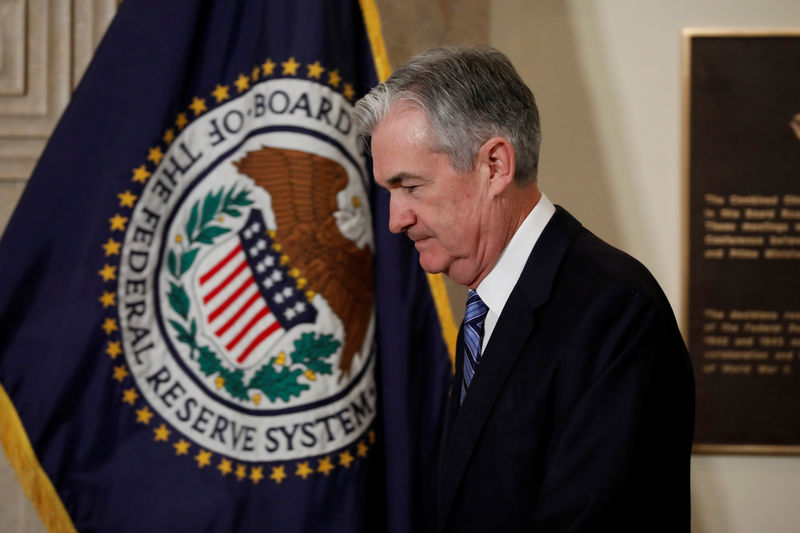(Bloomberg Opinion) -- The outlook for the U.S. economy has recently darkened, with worries about trade wars and consumer demand weighing on overall confidence. As a result, many observers -- including me -- are expecting the U.S. Federal Reserve to provide some stimulus, by lowering interest rates as much as half a percentage point over the next few months.
Actually, if the goal is to take out some insurance against a slump, there’s a better way to do it.
There’s little in the current economic data to support immediate stimulus. Nonfarm employers have added more than 150,000 jobs per month over the past quarter, ample to sustain full employment. The unemployment rate, at 3.6% in May, is as low as it has been in almost fifty years. Core inflation (which excludes volatile food and energy prices) remains between 1.5% and 2% -- pretty much where it has been ever since the Fed announced its 2% target seven years ago.
So why cut rates now? The Fed is worried about a possible future adverse shock to growth -- perhaps due to the unsettling swings in trade policy emanating from the White House. I agree that the central bank needs to address this risk. But in the absence of hard data, reducing the target interest rate would be problematic. It could lead some observers to suspect that the Fed is responding to political pressure, or is acting to prop up the stock market.
That said, the Fed has more direct ways to mitigate downside risks to growth. It can, for example, commit to a clear and aggressive action plan in the event that signs of a slowdown do emerge. Specifically, the central bank can promise to cut its target interest rate back to 0.25% -- where it was from 2008 to 2015 -- if the unemployment rate rises to 4.1% (half a percentage point higher than its current level) and stays there over a three-month period.(1) To demonstrate its anti-recession resolve, it can also pledge to keep the interest rate at 0.25% at least until the unemployment rate drops back below 4.1%. (Granted, there would have to be an escape clause that would allow the Fed to raise rates in the unlikely event that inflation ever got above, say, 2.5%.)
Such a transparent plan would have several advantages. For one, it could have an immediate salutary effect: If businesses and households believe that the Fed will act appropriately to keep the expansion going in coming years, they’ll be more likely to spend today. For another, it would provide a strong and forceful response if recessionary forces did develop. Perhaps most important, it would be based on an economic metric -- unemployment –- that is of clear importance to the public that the Fed serves.
(1) This kind of behavior in the unemployment rate has been identified as a key recession indicator by Federal Reserve staffer Claudia Sahm in recent research.
